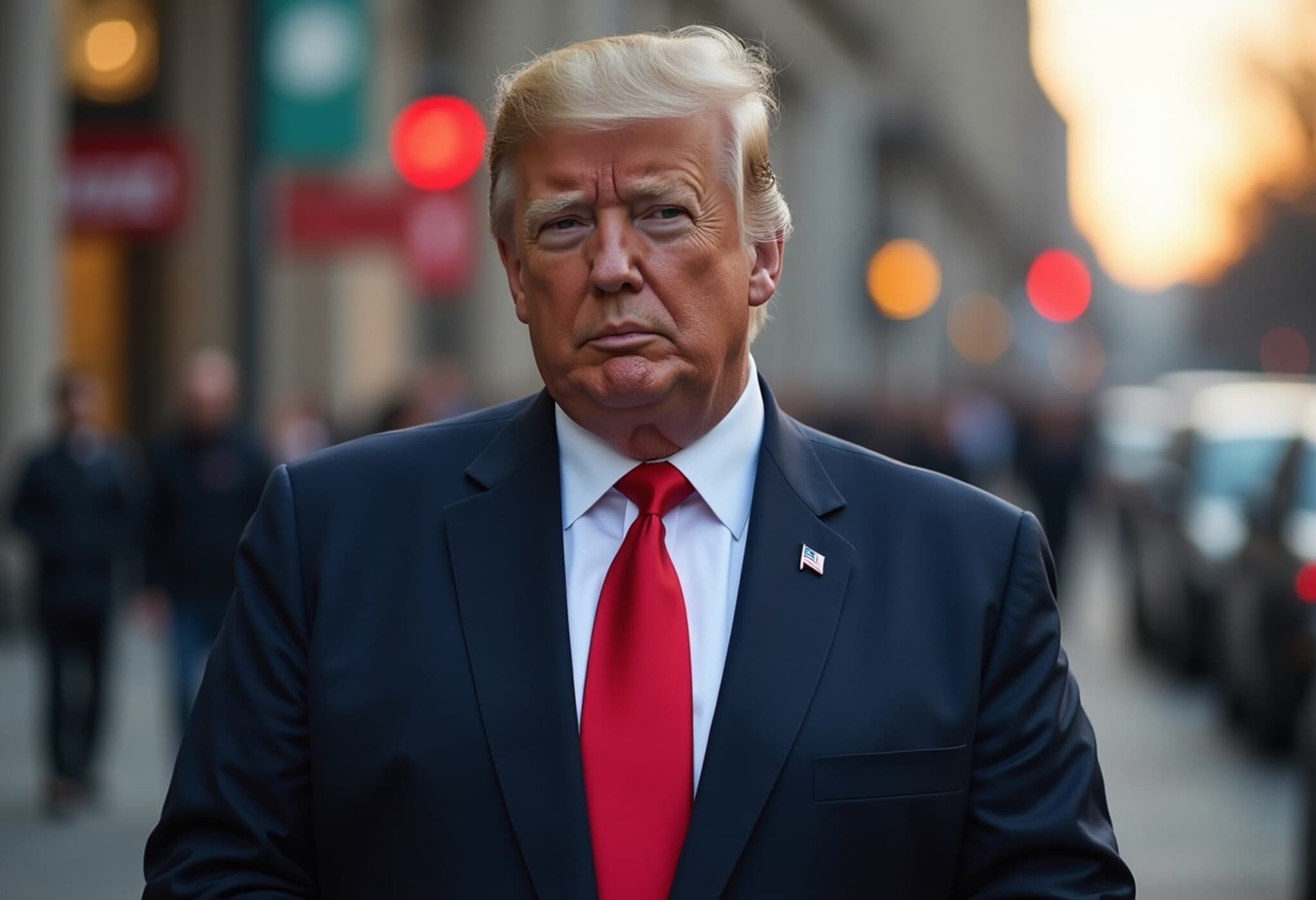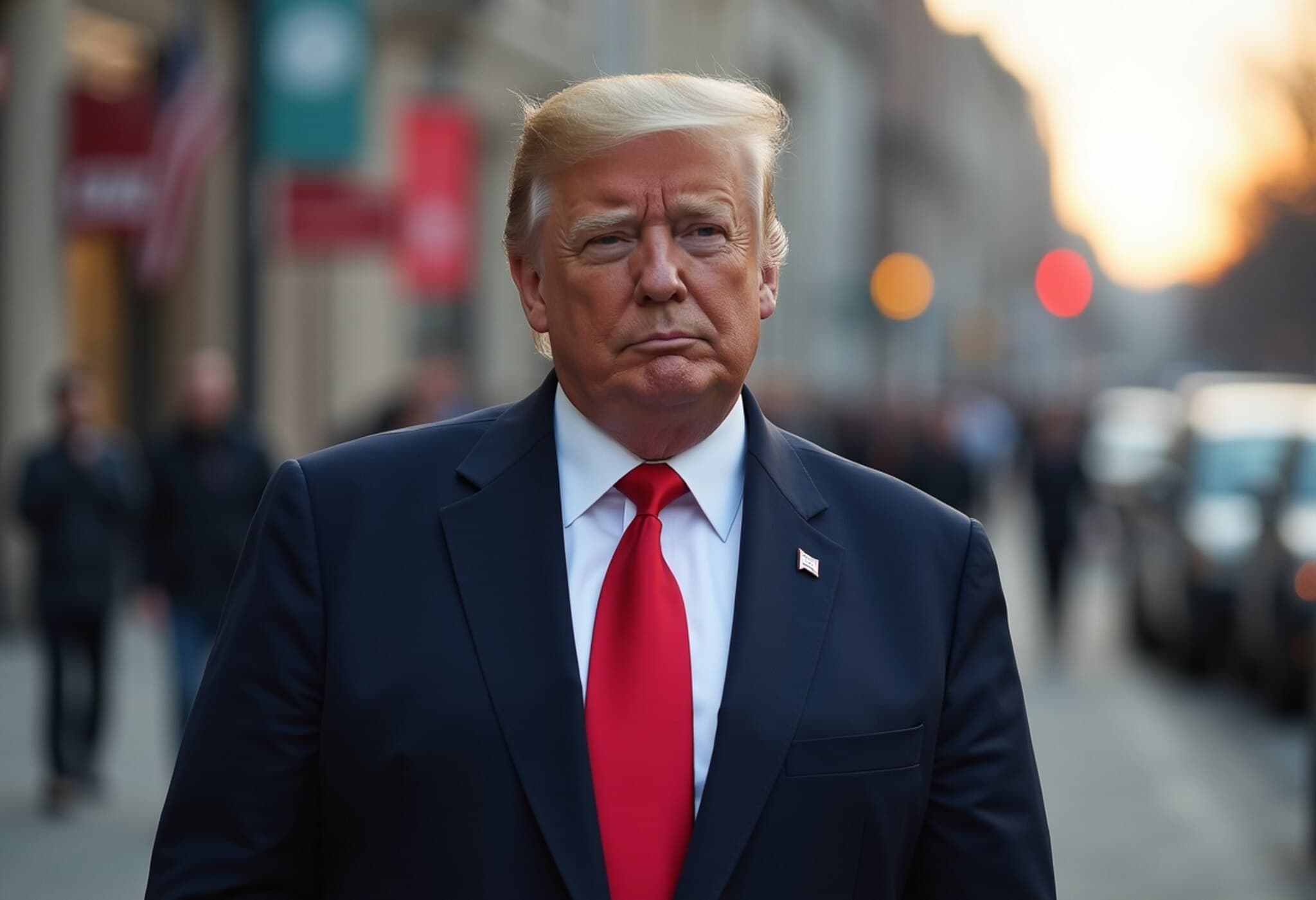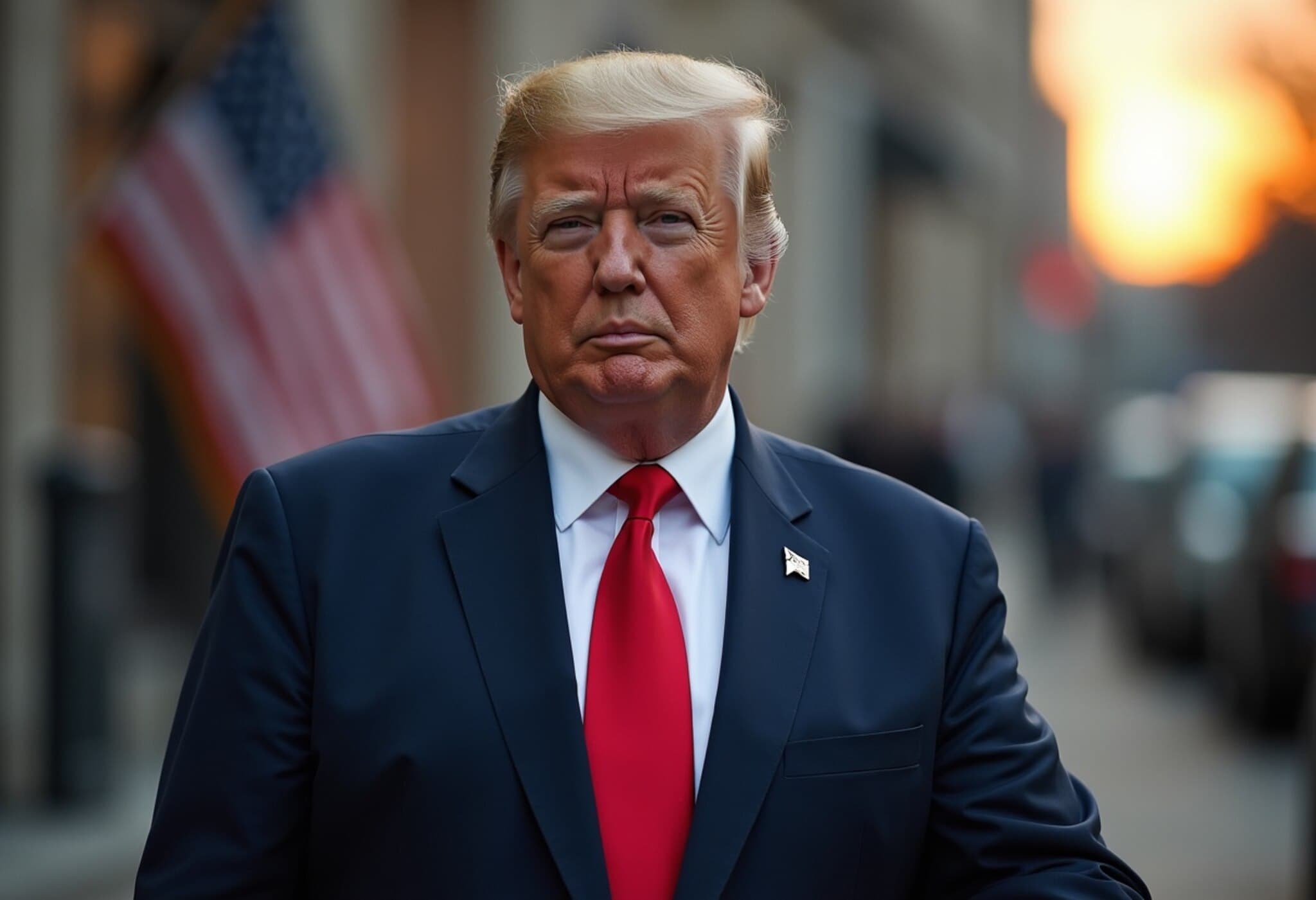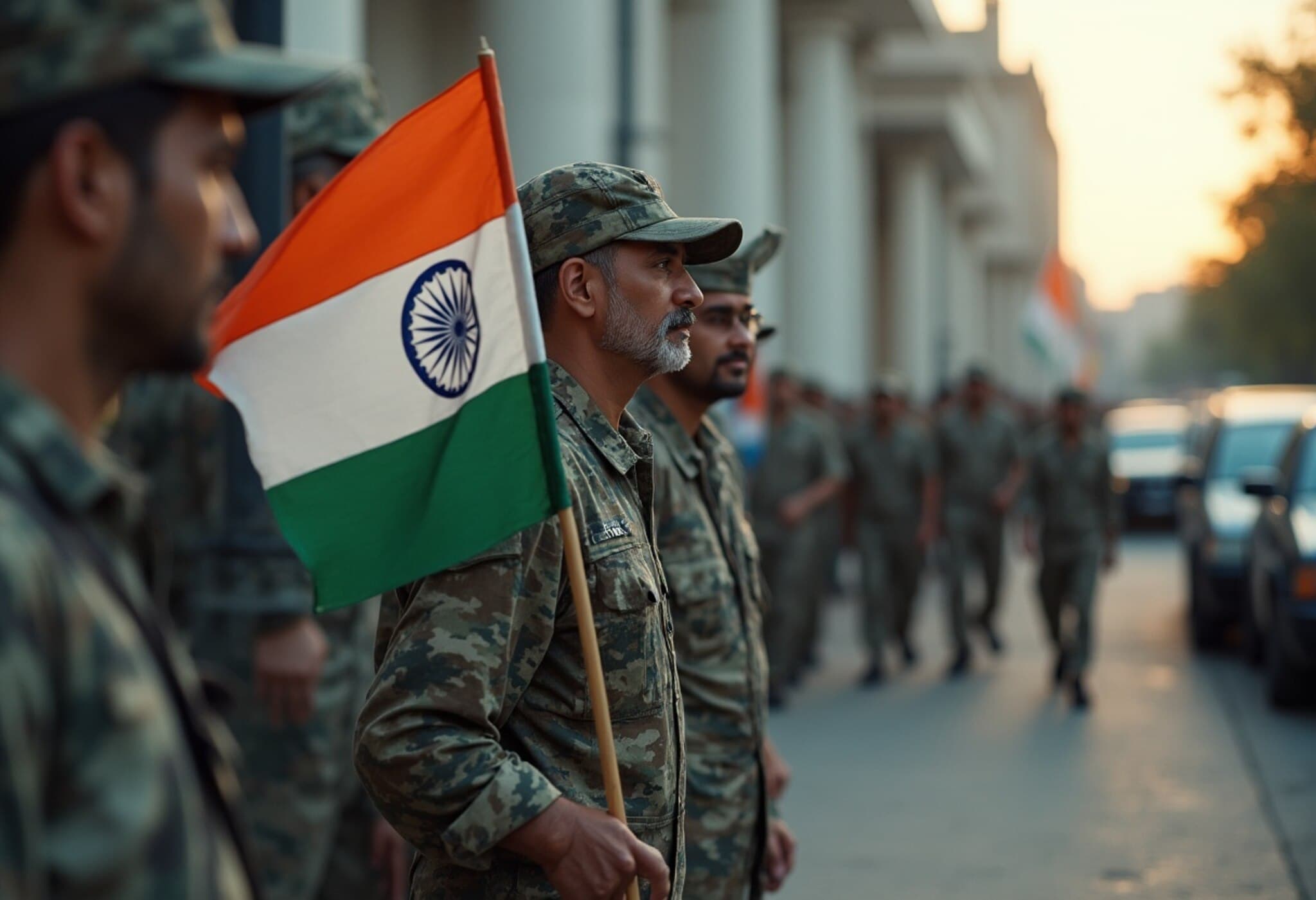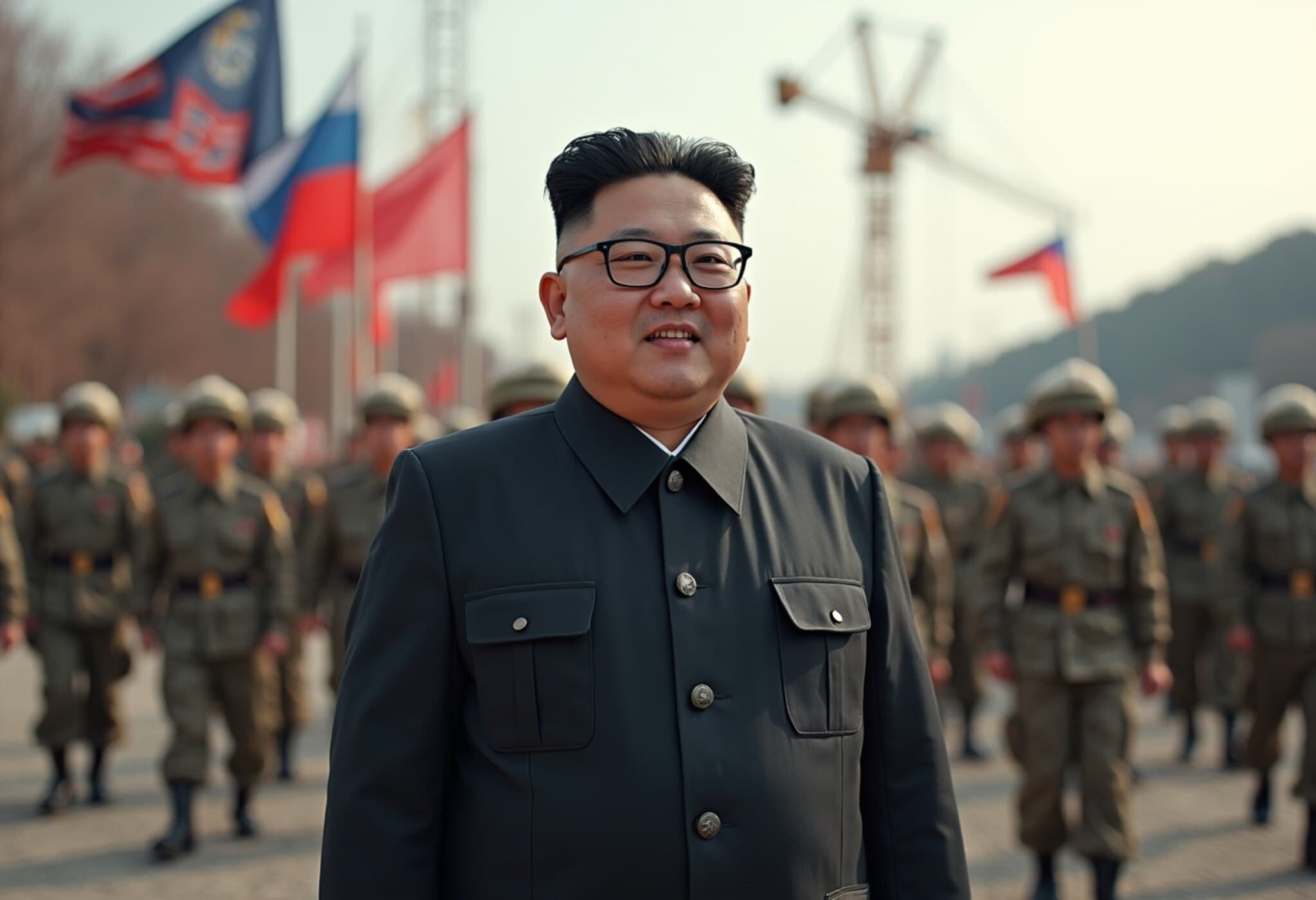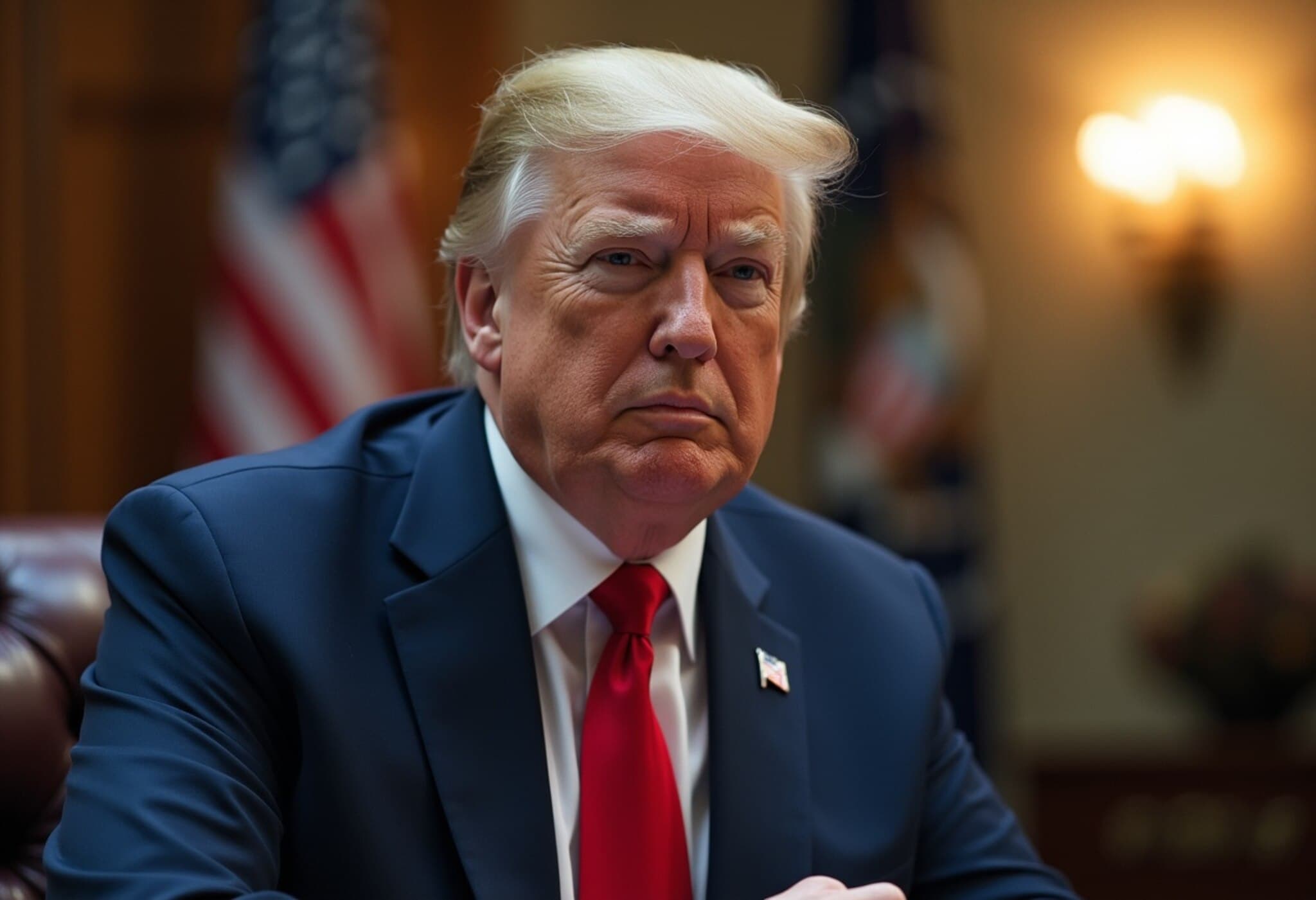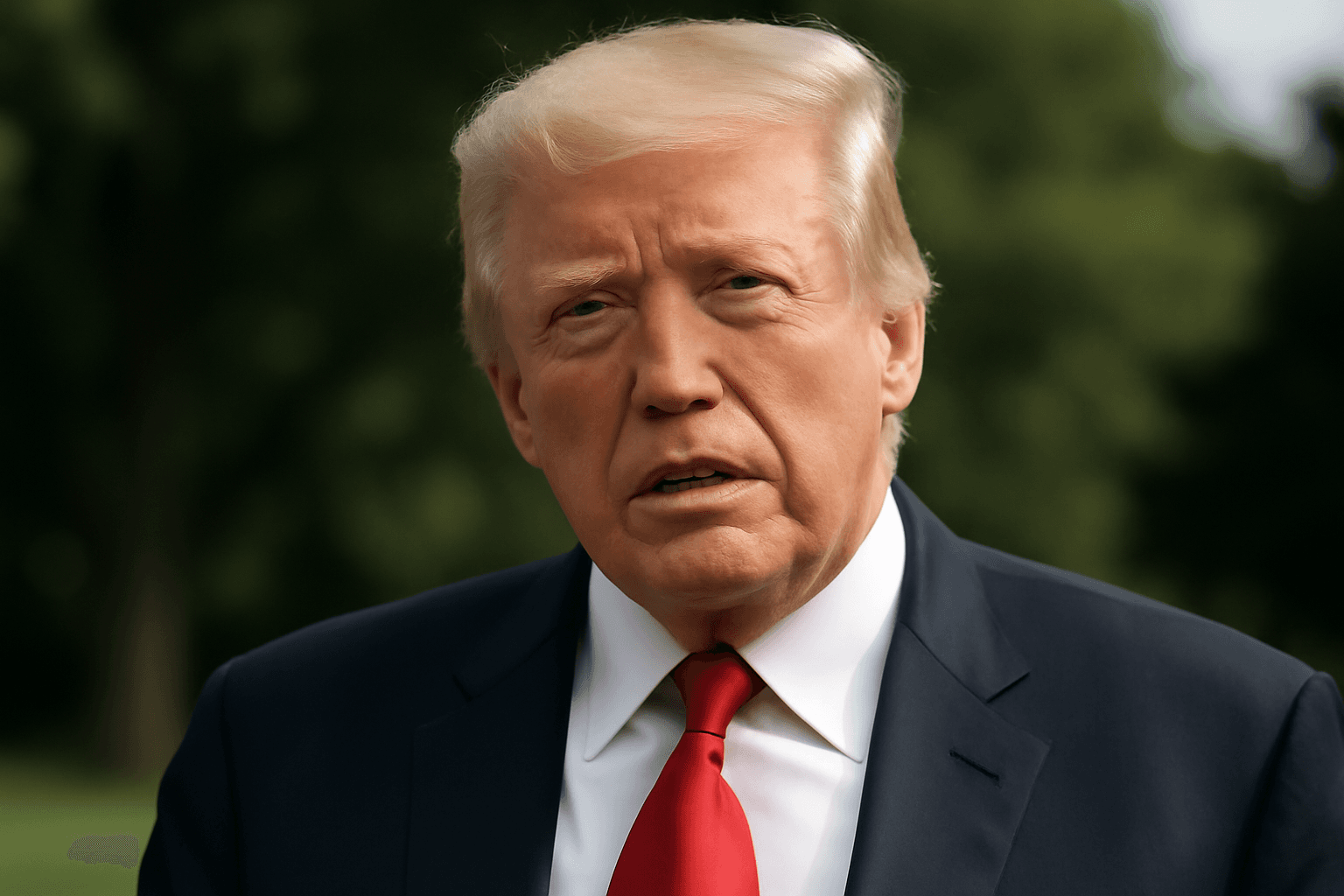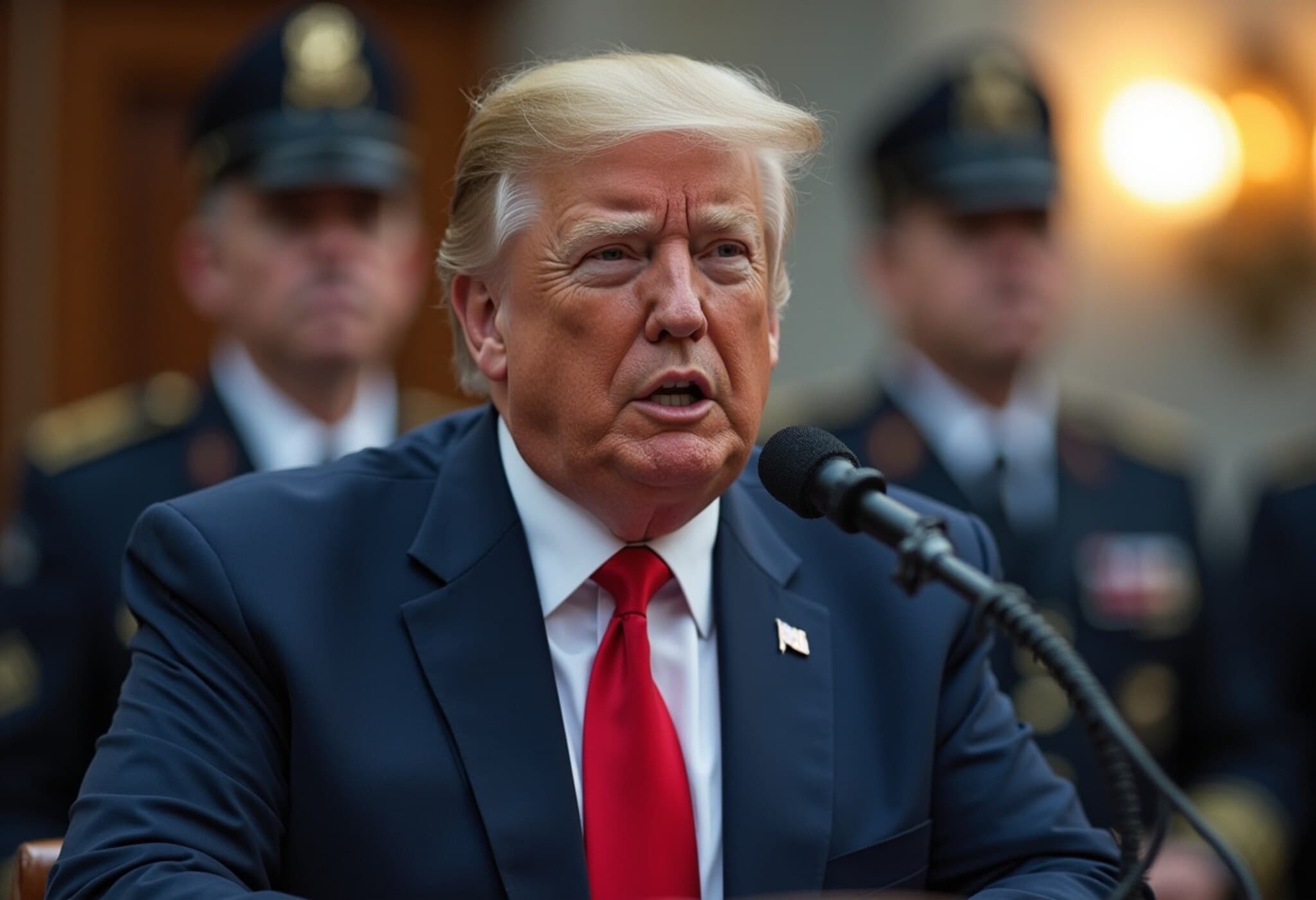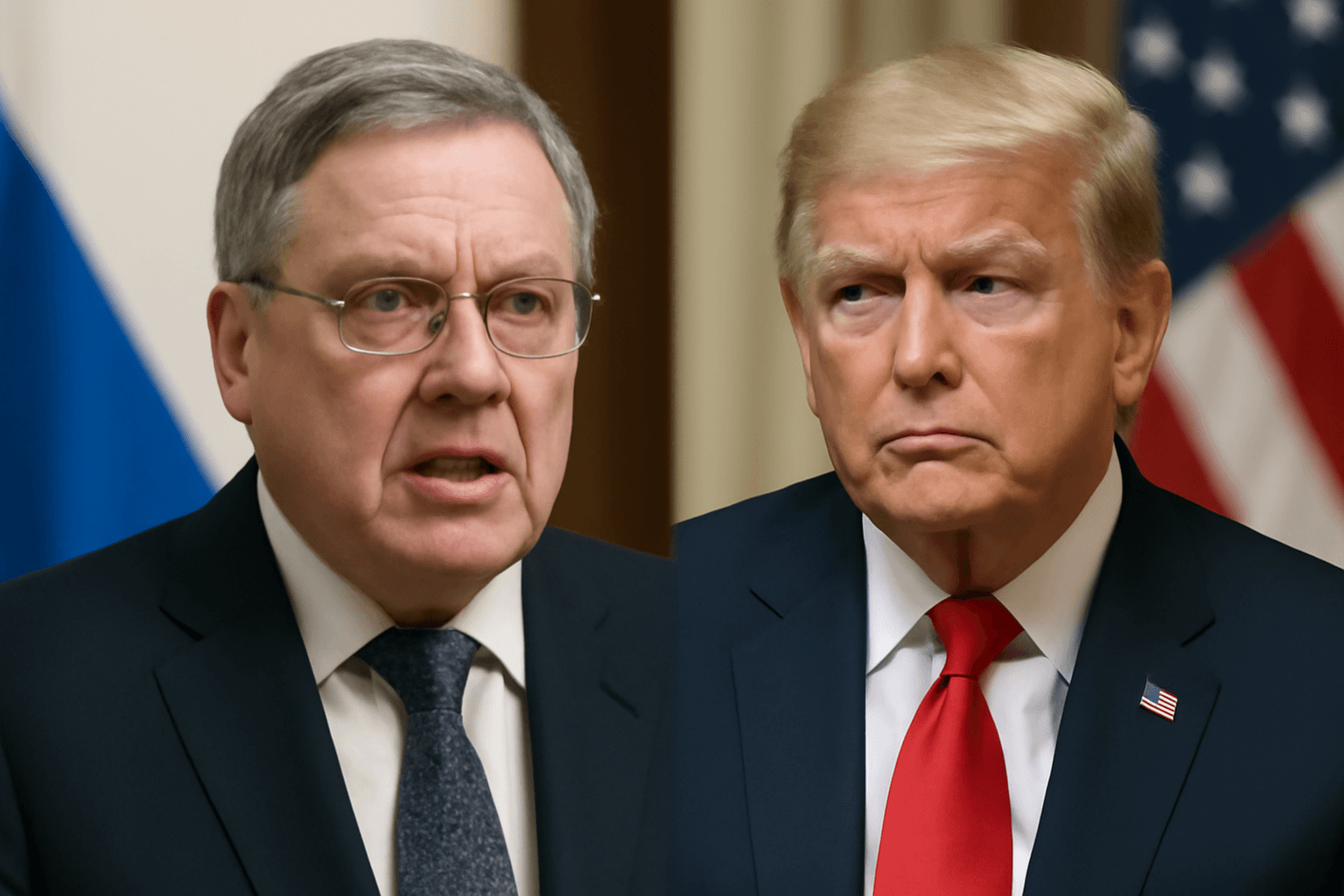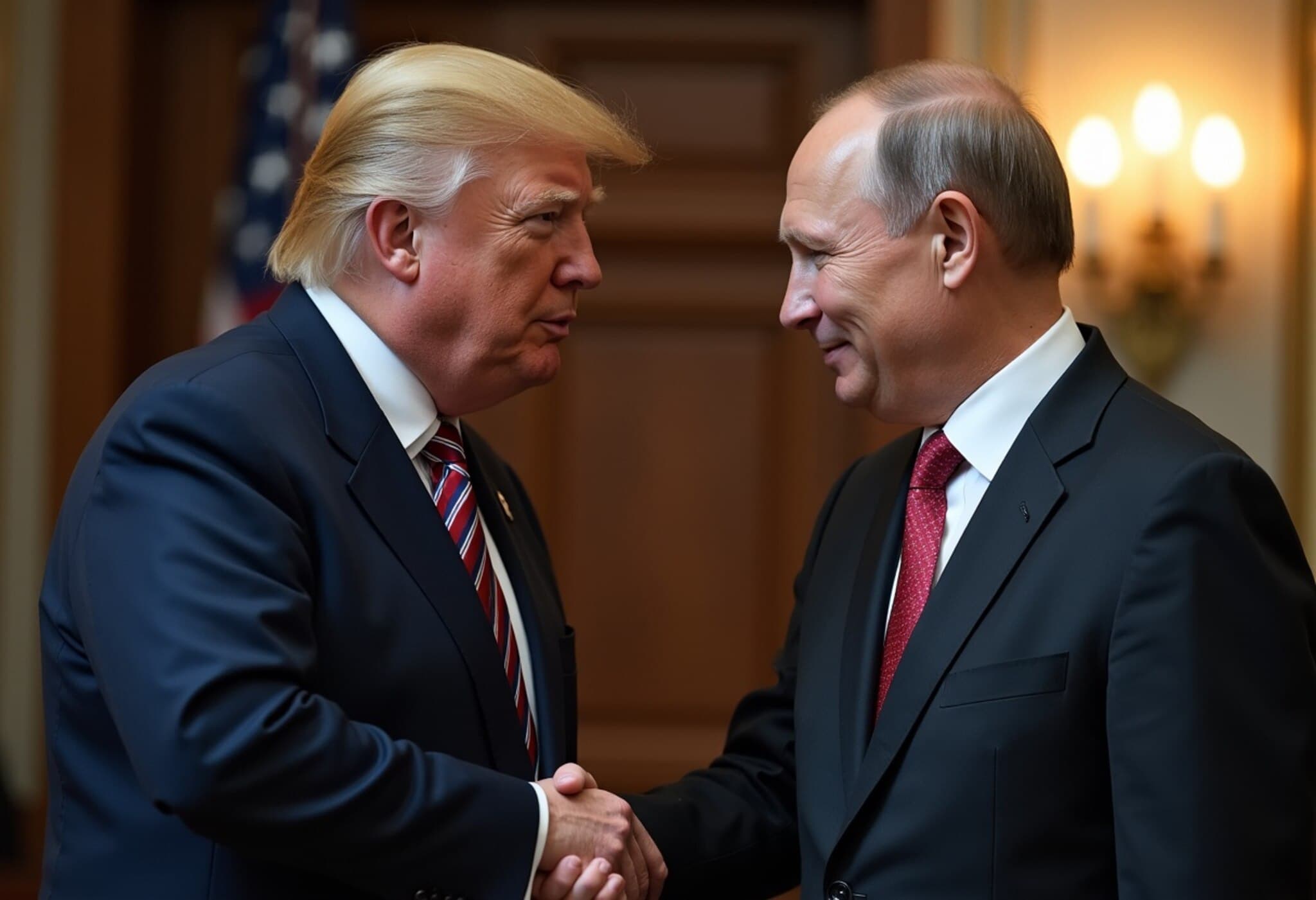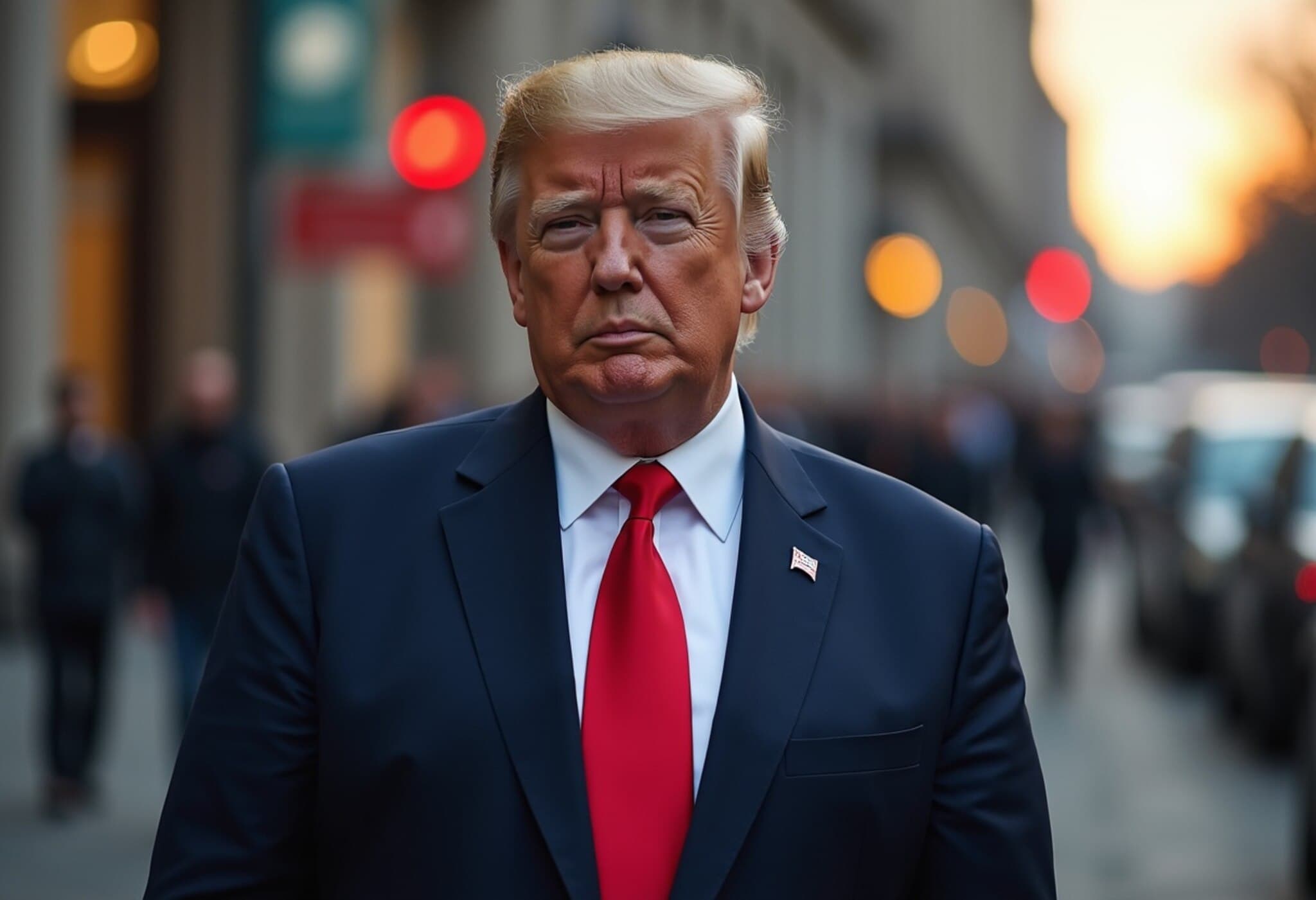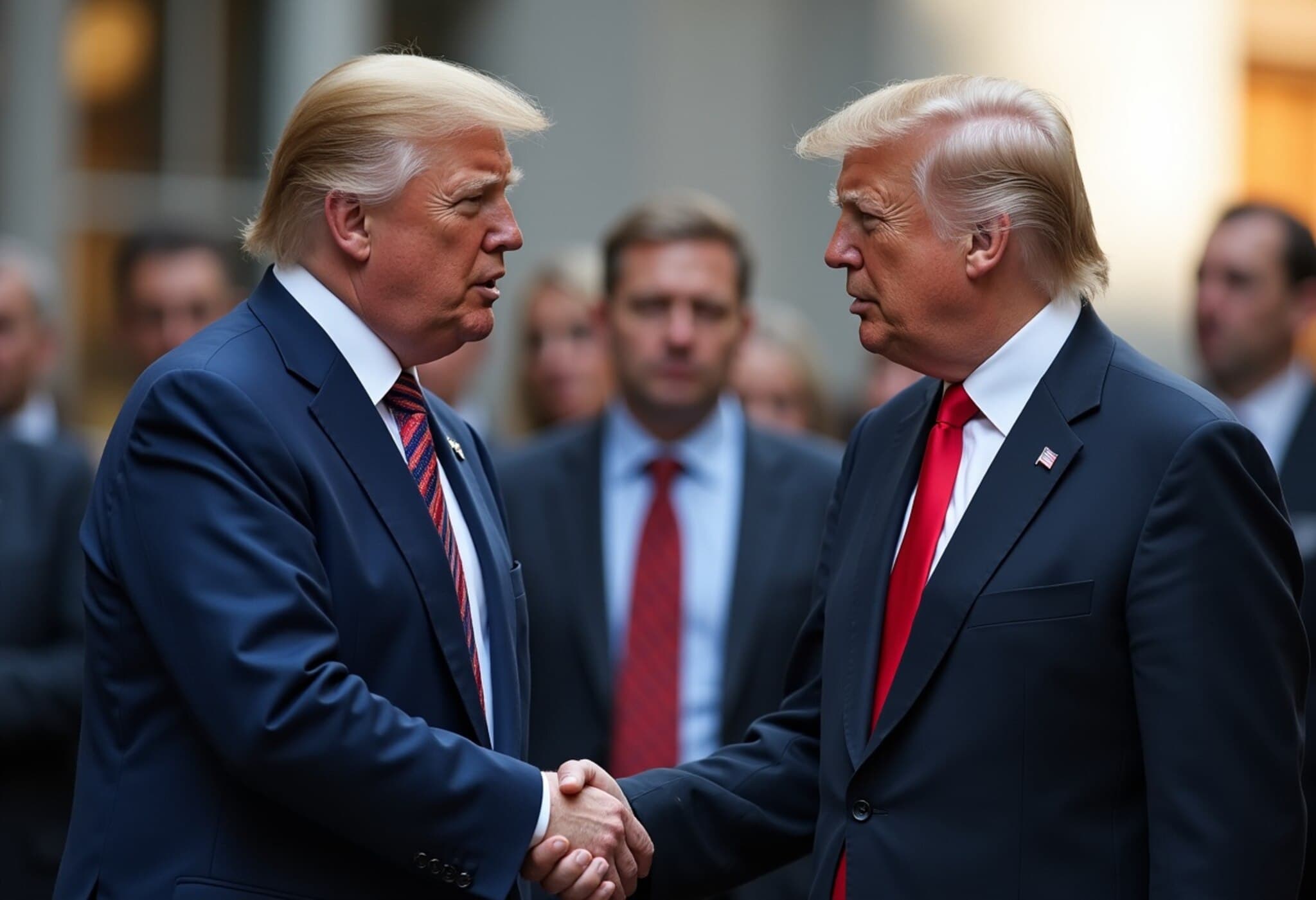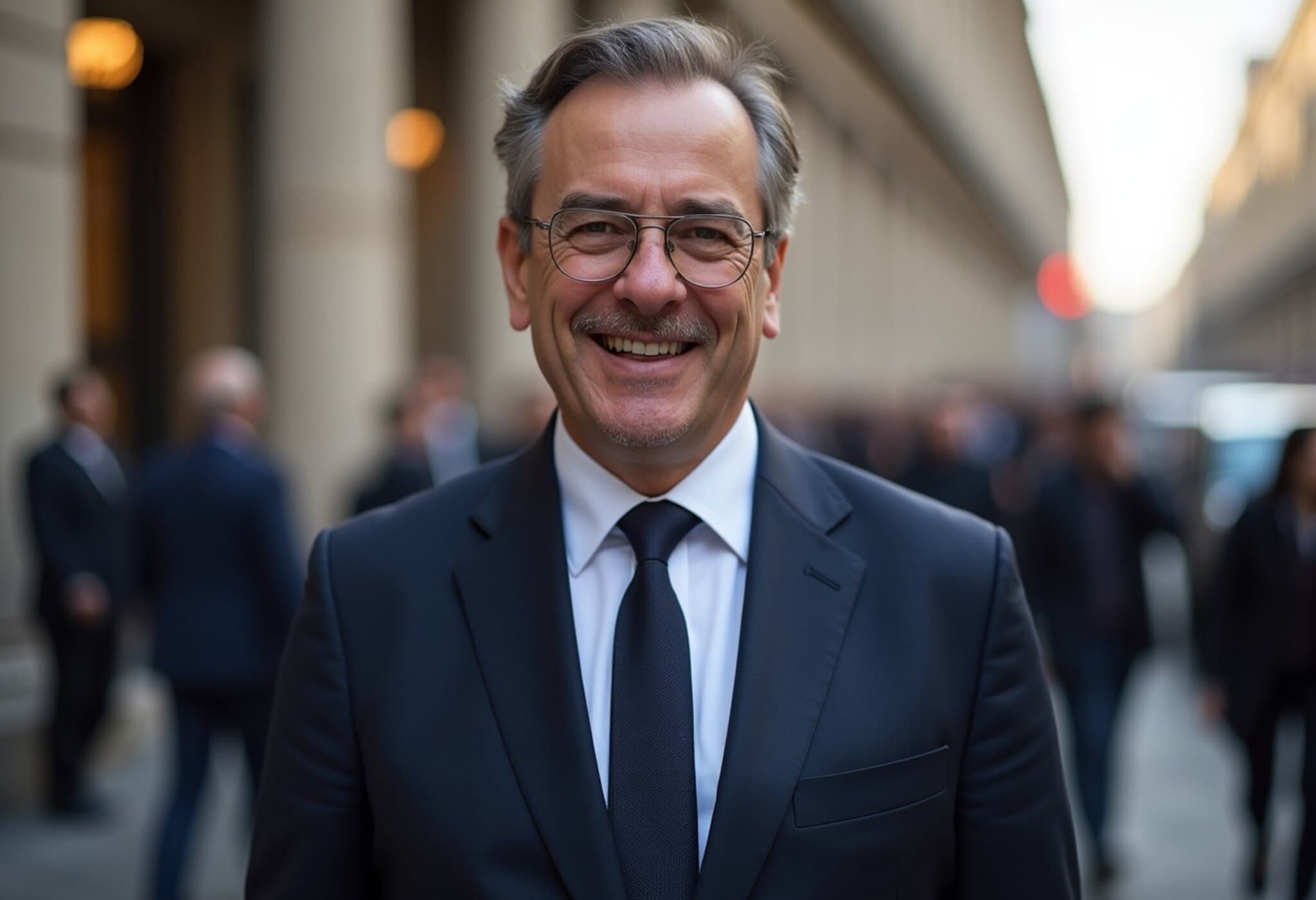Trump Pushes for Intensified Strikes Inside Russia Amid Ukraine Conflict
In a notable shift in the US stance on the ongoing conflict between Russia and Ukraine, former US President Donald Trump has advocated for Ukraine to target deeper into Russian territory, signaling a tougher approach to Moscow. The developments come as Trump confirmed plans to send advanced Patriot air defense systems to boost Ukraine's military capabilities.
‘Can You Hit Moscow?’: A Stark Question from Trump to Zelenskyy
During a phone call on July 4, 2025, Trump reportedly pressed Ukraine’s President Volodymyr Zelenskyy with pointed questions: “Volodymyr, can you hit Moscow? Can you hit St. Petersburg too?” Zelenskyy responded affirmatively, highlighting Ukraine’s readiness contingent upon receiving the right weaponry.
This exchange, detailed by the Financial Times, illustrates a clear departure from Trump’s earlier calls for reduced American involvement in the war. Instead, his administration appears to be endorsing a more aggressive Ukrainian counter-offensive strategy.
The Context Behind Trump’s Policy Recalibration
Observers note that Trump’s shift follows a reportedly frustrating call with Russian President Vladimir Putin. Frustrated by perceived Russian intransigence and continuous missile and drone attacks on Ukrainian cities, Trump has set a 50-day ultimatum for Moscow, threatening “100 percent sanctions” if the war persists.
As part of this tougher stance, Trump has thrown his weight behind a NATO-led military aid package, with alliance members pledging to cover the costs. This marks a significant policy adjustment from his prior skepticism about deep US involvement.
Military Aid and Its Implications
- Patriot Missile Systems: Trump confirmed the US will supply Ukraine with Patriot air defense missile systems, seen as critical to protecting Ukrainian cities from persistent Russian aerial assaults.
- Long-Range Strike Capability: While Washington has not officially approved deep strikes into Russian territory, the door appears increasingly open, pending further military assessments and political deliberations.
Kremlin's Reaction and Potential Roadblocks to Peace
The Kremlin has been quick to counter this hardline approach. Dmitry Peskov, a Kremlin spokesperson, cautioned that Trump’s strategy might only prolong the conflict rather than encourage peace negotiations.
“Such decisions will likely be seen in Kyiv not as a signal for peace, but as encouragement to continue fighting, possibly delaying any efforts for dialogue,” Peskov remarked, reflecting Moscow’s skepticism toward Western intervention.
Strategic and Humanitarian Considerations
The unfolding situation raises pivotal questions for US policymakers and international stakeholders:
- Balancing Military Pressure and Diplomatic Solutions: Can increased military aid and potential long-range strikes compel Russia to the negotiating table without escalating the conflict further?
- Risk of Regional Escalation: How might deep strikes impact the broader security dynamics in Europe, especially regarding NATO’s role and Russia’s response?
- Human Cost: Continued fighting inevitably worsens humanitarian crises—what measures accompany military support to safeguard civilians?
Expert Commentary
Analysts caution that while intensifying military pressure might force Russia to reconsider its position, it also risks entrenching hostilities. An experienced policy analyst notes, “Pressure tactics must be calibrated carefully to avoid provoking a wider conflict. Diplomatic channels should remain robust alongside military support.”
Furthermore, legal considerations around cross-border strikes must align with international law norms to maintain global legitimacy for Ukraine’s defense efforts.
What Lies Ahead?
As the international community watches closely, the US strategy under Trump’s influence signifies a decisive moment with potentially profound impacts on the trajectory of the Ukraine conflict. Whether this approach leads to meaningful negotiations or prolongs strife remains uncertain.

